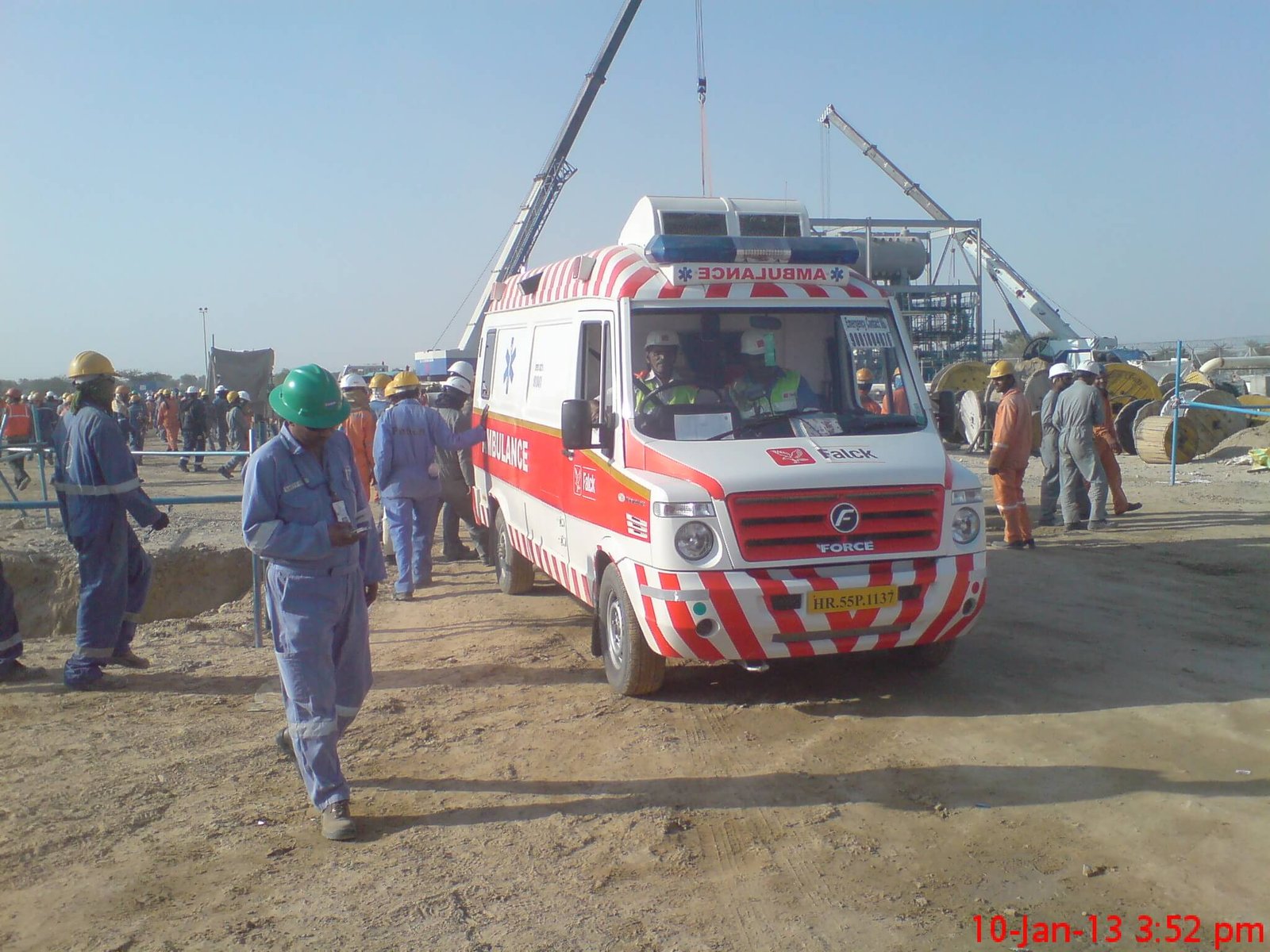Central motor vehicles rule 1989 (including Rules pertaining to Transport of Hazardous Goods):
Under the Motor Vehicles Act 1988, these Central Motor Vehicles Rules 1989 were notified on 2-6-1989. They came into force from 1-7-1989 save as otherwise provided in rule 1(3). They were amended in 1993 for transportation of hazardous materials vide Notification dated 26-3-1993, New Delhi. Amendment also came on 28-3-2001,20-2-2018
In Chapter-5 (Construction, Equipment, and Maintenance of Motor Vehicles) Rule No. 91, 92 and 129 to 137 are pertaining to the transport of dangerous or hazardous goods and their abstract is given below.
Definitions (R. 91)
‘Dangerous or hazardous goods‘ means the goods of dangerous or hazardous nature to human life specified in Table I, II and III to Rule 137.
Consignor means the owner of hazardous goods.
Emergency information penal means the panal specified in rule 134.
Primary risk is the most potent risk and subsidiary risk is in addition to that.
Contents
General (R.92):
A motor vehicle including construction equipment vehicle shall be used or allowed to be used in a public place in compliance with this chapter. If the vehicle does not remain under effective control it shall not be used except by towing.
Class Labels, Safety Equipment & Tachograph (R. 129) :
Every owner shall display on goods carriage and on every package mark of class label specified in Table I to Rule 137. If the package represents two hazards given in Table III to rule 137, two labels shall be displayed on the package. The label on the package should be appropriate to the type of hazardous goods as specified in Table to Rule 137. Such goods carriage shall carry safety equipment to prevent fire, explosion or escape of hazardous goods and shall be fitted with tachograph conforming to BIS, to record the lapse of running time of the motor vehicle, time speeds maintained, acceleration, deceleration, etc.
Spark Arrester (Rule 129 A):
Goods carriage carrying dangerous or hazardous goods to human
Manner of Display of Class labels (R. 130):
Size of the class label on a goods package (e.g. box, drum etc.) should be more than 25 mm2 and display angle 45 Degree. Adhesive material should be waterproof. It should not obscure any other markings necessary. On front and rear both the side, it should be displayed.
Consignor’s duty (R. 131):
Every consignor shall supply to the owner of the carriage of the goods accurate and sufficient information about the hazardous goods so as to enable such owner and his driver to comply with Rules 129 to 137 and be aware of the risk to the health or safety of any person.
Valid registration to carry hazardous goods listed in Table-III, first aid, safety equipment, antidotes, training to the driver to control transport emergency is also necessary.
Carriage Owner & Driver’s duty (R. 132):
They will satisfy themselves with the information given to them by the consignor. The driver will be given relevant information in Annexure-V which will be kept in the driver’s cabin and available during transportation.
Valid registration to carry hazardous goods, first aid, safety equipment, toolbox, antidotes, fixing of the trip route and valid driving license is also necessary.
Driver to take precautions (R. 133):
Driver shall observe at all times all the precautions to prevent fire, explosion or escape of hazardous goods, shall ensure parking in a safe place and under control and supervision of himself or some other competent person above the age of 18 years. The driver will keep a TREMCARD and information u/r 132(3) in his cabin.
Emergency information Penal (R. 134):
Such panel (marked on goods carriage i.e. vehicle shall contain –
- The correct technical name of the hazardous goods in letters bigger than 50
mm size. - Class label of more than 260 mm2
sizes . - The telephone number of emergency services to be contacted in case of fire or
any accident with letters and numbers of more than 50 mm size and also the name and telephone number of the consignor or another person to receive advice on emergency measures. - A sticker on
vehicle showing goods being carried on in that trip.
Driver to be instructed (R.135):
The owner of goods carriage shall ensure the satisfaction of the consignor that the driver has received adequate instructions and training to understand.
- Nature of the goods.
- Nature of the risks there from.
- Precautions while driving or parking.
- Action to be taken in case of emergency.
Report of Accident (R. 136):
The driver transporting any hazardous goods shall forthwith report any accident involving such goods to the nearest police station and also the owner of the carriage or the transporter of the goods.
Class Labels (R. 137):
Eight types of Class Label for Hazardous Goods
(a) Toxic chemicals
- Oral in rats LD50 # 5 to 200 mg/kg.
- Cutaneous in rats or rabbits LD = 10 to 400 mg/kg.
- Inhalation (4 hours) in rats LC50 = 0.1 to 2% mg/i
(b) Flammable chemicals
- Flammable Gases BP = 20 degree centigrade at normal pressure.
- Highly flammable liquids = BP > 20 degree centigrade at normal pressure and FP <21 degree centigrade.
- Flammable liquids = FP <55 degree centigrade and which remain liquid under pressure.
(c) Explosives
Chemicals which may explode under the effect of flame or which are more sensitive to shocks or friction than dinitrobertzene.
Table – III : List of Hazardous & Toxic Chemicals:
Chemicals are listed and classified as –
C = corrosive
E = Explosive
F = Flammable
O = Oxidising
R = Reactive
T = Toxic
IS:1446 gives the classification of dangerous goods and classifies risks, sub-risks, chemical substances, and dangerous goods.
Central Motor Vehicles Amendment Rules, 2018
Ministry of Road Transport notification dated February 20, 2018, has amended the Indian Central Motor Vehicle Rules, 1989. This amendment in rule 115, new sub-rule -21. New motor vehicles Emission Standard Bharat Stage-IV, manufactured before 01-04-2020 shall not be registered after the 30-06-2020.
Provided that new motor vehicles of categories M and N conforming to Emission Standard Bharat Stage-IV (BS-IV) manufactured before the 01-04-2020 and sold in the form of drive away chassis, shall not be registered after the 30-09-2020.






Hi Saurabh,
Thanks for sharing the information. Please also share information in case of any amendment in the Rules.
Thanks
Arun
OK.